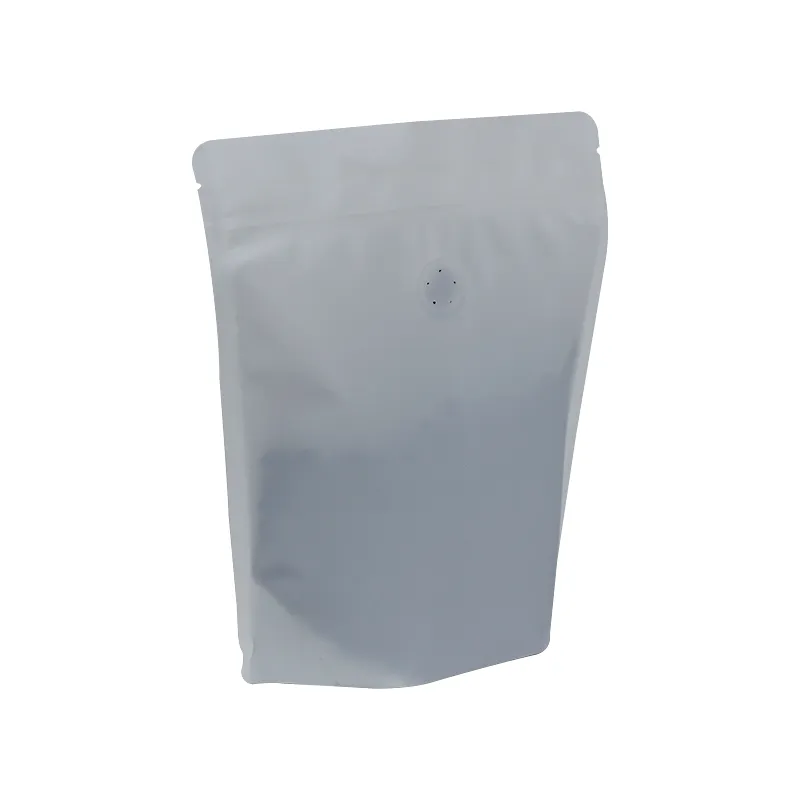- Afrikaans
- Albanian
- Amharic
- Arabic
- Armenian
- Azerbaijani
- Basque
- Belarusian
- Bengali
- Bosnian
- Bulgarian
- Catalan
- Cebuano
- chinese_simplified
- chinese_traditional
- Corsican
- Croatian
- Czech
- Danish
- Dutch
- English
- Esperanto
- Estonian
- Finnish
- French
- Frisian
- Galician
- Georgian
- German
- Greek
- Gujarati
- haitian_creole
- hausa
- hawaiian
- Hebrew
- Hindi
- Miao
- Hungarian
- Icelandic
- igbo
- Indonesian
- irish
- Italian
- Japanese
- Javanese
- Kannada
- kazakh
- Khmer
- Rwandese
- Korean
- Kurdish
- Kyrgyz
- Lao
- Latin
- Latvian
- Lithuanian
- Luxembourgish
- Macedonian
- Malgashi
- Malay
- Malayalam
- Maltese
- Maori
- Marathi
- Mongolian
- Myanmar
- Nepali
- Norwegian
- Norwegian
- Occitan
- Pashto
- Persian
- Polish
- Portuguese
- Punjabi
- Romanian
- Russian
- Samoan
- scottish-gaelic
- Serbian
- Sesotho
- Shona
- Sindhi
- Sinhala
- Slovak
- Slovenian
- Somali
- Spanish
- Sundanese
- Swahili
- Swedish
- Tagalog
- Tajik
- Tamil
- Tatar
- Telugu
- Thai
- Turkish
- Turkmen
- Ukrainian
- Urdu
- Uighur
- Uzbek
- Vietnamese
- Welsh
- Bantu
- Yiddish
- Yoruba
- Zulu
Enhanced Dual-Mode Humidity Management for Optimal Environmental Control Systems
Two-Way Humidity Control A Comprehensive Approach to Indoor Climate Management
In today’s world, where indoor air quality plays a crucial role in health and comfort, effective humidity control has become a priority for homeowners and building managers alike. Two-way humidity control systems provide a balanced solution, actively managing both the decrease and increase of moisture levels in enclosed spaces. This article delves into the mechanisms, benefits, and best practices of implementing two-way humidity control systems.
Understanding Humidity Control
Humidity refers to the amount of water vapor present in the air. It can significantly impact human comfort, building integrity, and energy efficiency. High humidity levels can lead to mold growth, dampness, and discomfort, while overly dry air can cause respiratory problems, dry skin, and damage to wooden furniture and musical instruments. Effective humidity control involves both dehumidification (removing excess moisture) and humidification (adding moisture) to maintain a balanced and healthy indoor environment.
Mechanisms of Two-Way Humidity Control
A two-way humidity control system typically consists of integrated humidifiers and dehumidifiers that work in tandem to maintain optimal humidity levels, usually between 30% and 50%.
1. Dehumidification When humidity levels exceed the desired range, the dehumidifier activates to extract excess moisture from the air. This is achieved through condensation, where warm, humid air is cooled, allowing moisture to collect and drain away.
2. Humidification Conversely, when indoor air becomes too dry, particularly during colder months or in arid climates, the humidifier kicks in. It adds moisture to the air through various methods, including steam, evaporative, or ultrasonic technologies.
Benefits of Two-Way Humidity Control
1. Improved Comfort Maintaining a balanced humidity level ensures that occupants feel comfortable. It reduces the risk of skin irritation and respiratory issues while promoting a healthier living environment.
2. Enhanced Air Quality Regulating humidity levels helps to minimize mold, mildew, and dust mites, creating a cleaner and healthier indoor atmosphere.
two way humidity control

3. Energy Efficiency Two-way control systems can lead to significant energy savings. By optimizing the air conditioning and heating systems to work in conjunction with humidity management, you can reduce the overall energy consumption of your home or building.
4. Protection of Property Proper humidity control protects furnishings, electronic devices, and structural components from the adverse effects of excess moisture or dryness. Wood furnishings are less likely to warp or crack, and electronic equipment is shielded from humidity-related damage.
5. Customizable Solutions Many modern two-way humidity control systems come equipped with smart technology that allows for programmable settings. This feature enables users to customize humidity levels according to their preferences and needs, enhancing convenience and control.
Implementation Best Practices
1. Assess Your Environment Before implementing a two-way humidity control system, assess the specific needs of your indoor environment. Consider factors such as climate, insulation, and occupancy patterns.
2. Choose the Right System Selecting the appropriate dehumidifier and humidifier is crucial. Look for energy-efficient models with adjustable settings that can handle the size and needs of your space.
3. Regular Maintenance Like any mechanical system, regular maintenance is essential for optimal performance. Clean and inspect both humidifiers and dehumidifiers periodically to ensure they function effectively.
4. Monitor Humidity Levels Investing in a hygrometer, a device that measures humidity, can help you keep track of your indoor climate. Monitoring humidity levels allows you to make adjustments when necessary, ensuring a stable environment.
5. Consult with Professionals If unsure about the best approach, consulting with HVAC professionals can provide tailored solutions that meet your specific requirements.
Conclusion
In conclusion, two-way humidity control systems represent an effective and efficient way to manage indoor air quality. By actively regulating both the addition and removal of moisture from the air, these systems promote comfort, health, and energy efficiency. As awareness of the importance of indoor air quality continues to grow, embracing two-way humidity control may well be a key step towards creating healthier living and working environments.













